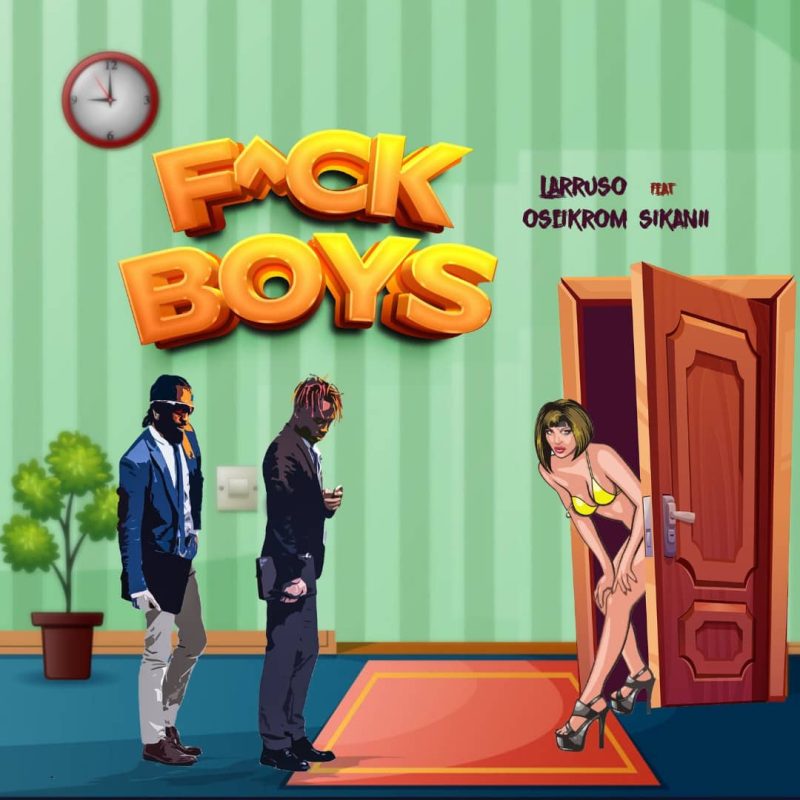A deep dive into Mitski’s ritualistic dance routines
Written by ABR on 27/04/2022
There’s a moment during the concert performance of Mitski’s song “Working for the Knife” when she ceases singing into the microphone for a beat, then two. She holds it out and points it at the audience, draws them in: this is about you.
Keeping her gaze locked to a point in the crowd ahead, she pulls the microphone in close, bringing it to her neck like a literal knife — violently slicing it across her artery then, in the same movement, dropping the cord so it hangs between her legs, sensuously pulling it up between her thighs: one second an instrument of violence, the next one of pleasure. “I used to think I’d be done by twenty — now at twenty-nine, the road ahead appears the same,” she sings to the audience, as if she hadn’t just pretended to kill and then pleasure herself with the object she’s singing into.
The second part of that movement doesn’t happen every night. Some nights, its only an instrument of violence — you only get her brief moment of twisted pleasure if you’re lucky. The sequence of movements lasts just an instant; if you glanced away, you could miss it — but the image of Mitski with a microphone slashing her throat is one that stays with you long after the song’s two-and-a-half minutes are over.
The move is the brainchild of Jas Lin, LA-based dancer and choreographer who created the movements for Mitski’s current concert tour supporting her latest album, Laurel Hell (as well as several music videos for the album). “Putting it between her legs… that was all her,” Lin says. “I was like, okay, you’re going to death stare the audience, pointing the microphone. And then you’re gonna take it and slice your neck.”
A Mitski show isn’t choreographed in the way you might normally think. There are no backup dancers, and certainly none of the fast-paced eye-catching moves we associate with videos of artists on TikTok. For her previous two tours, Mitski’s on-stage movement has been more akin to theatre. Both Lin and Mitski are fans of Butoh — a type of Japanese dance theatre that often involves slow, hyper-controlled motions, exaggerated facial expressions, and a fixation on hard emotions and absurdity. It’s informed their work together: in both music videos and live performance, Mitski’s movements swing from manic and repetitive, to drawn-out and protracted — sitting somewhere between compulsion and intention, but always with a kind of ritual.
Lin says that the word “ritual” was one of the only directions Mitski gave them in coming up with the entire show, which the pair had just two weeks to rehearse in its entirety before Mitski left on tour. “She wanted the show to feel like a separate space, when the audience walks in and walks out, like kind of its own little dream space,” Lin says. This ethos comes through in songs like “Drunk Walk Home,” a particular ritual that Lin likens to an exorcism: “‘Drunk Walk Home’ just felt like it has to be real, if that makes sense. She can’t just perform moves.” Mitski scrubs at her face wildly as blood-red lights flicker, and she screams and screams until there’s nothing left, ending the ritual by burying her screams in the ground.
The impulse to imbue her songs with ritual extends to her audience too, in its own way. Under hashtags like “#mitskitok” and “#mitskishuffle,” rather than reenacting choreographed dance trends, audiences shake or scream silently, acting out the emotions Mitski’s singing about. Search her 2018 single “Nobody” — with its catchy, mantra-like chorus that just repeats “nobody, nobody, nobody” over and over — and you’ll find thousands of videos of fans fleeing from the camera to its jaunty dance-y beat, desperate to escape whatever’s looking at them. As she sings about how “still, nobody wants me,” they scream, cry and shake. Sometimes it’s tongue-in-cheek, other times it’s more visceral.
The “Nobody” dance is, as Lin termed one of the sections of their choreography for Mitski’s show, a kind of “adult tantrum”. “Tantrum is a huge part of the show. I feel like a tantrum is just… it’s a full expression of emotion. But it’s not acceptable for adults to throw tantrums, which I believe is why everyone’s really repressed. That’s why performance is so cathartic, because performance is a tantrum in that way.”
It can be uncomfortable to watch someone experience this kind of emotion in a public venue — at times it feels like we’re seeing something we shouldn’t. But Lin doesn’t want us to look away. “If anything, it’s meant to challenge the audience. If this tantrum she’s throwing on stage makes you feel some type of way… can you interrogate yourself?”
For the course of her performance, a single door stands behind Mitski. Sometimes she dips behind it briefly, but she doesn’t go through it until the very end, after the encore (and even then, some nights she doesn’t). Lin’s choreography notes for the ending read:
”And at the end, you can’t help but feel like you’re running through the tunnel with her. It’s an open invitation: to embrace the ritual, to physically embody your feelings, to hold your own hand as you do so. At the end, Mitski asks: is it immature to react with a scream in the face of a fucked up world? Who taught you to think that way?”



 ABR Group
ABR Group